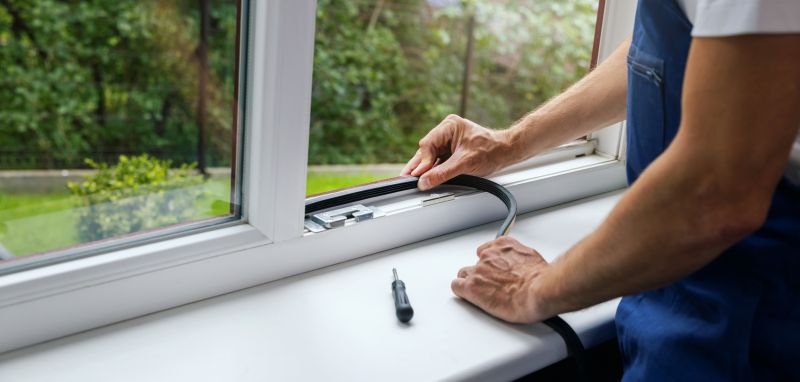Optimal Timing for Windows Installations
Choosing the optimal time for Windows installations can enhance performance, reduce disruptions, and ensure compatibility with existing systems. Proper timing considers factors such as system readiness, workload schedules, and software update cycles.
Ensure hardware and software meet the requirements for a smooth Windows installation. Conduct pre-installation checks to minimize potential issues.
Plan installations during times of minimal user activity to reduce operational disruptions, such as outside of business hours or during weekends.
Align installation times with scheduled software updates to ensure compatibility and security patches are incorporated effectively.
Perform installations when network bandwidth is less congested to facilitate faster data transfer and reduce download times.

A technician performing a Windows setup on a desktop computer.

IT professional backing up data before Windows installation.

User configuring settings after Windows installation.

Ways to make Windows Installations work in tight or awkward layouts.

Popular materials for Windows Installations and why they hold up over time.

Simple add-ons that improve Windows Installations without blowing the budget.

High-end options that actually feel worth it for Windows Installations.

Finishes and colors that play nicely with Windows Installations.
| Optimal Timing Factors | Details |
|---|---|
| Hardware Compatibility Check | Verify hardware meets Windows requirements before installation. |
| Off-Peak Hours | Schedule during evenings or weekends to minimize user impact. |
| Software Update Cycle | Coordinate with update schedules for seamless integration. |
| Network Congestion | Choose times with less network traffic for faster downloads. |
| Backup Availability | Ensure data backups are completed prior to installation. |
| User Availability | Schedule when end-users are available for immediate support. |
| System Maintenance Windows | Align with existing maintenance periods for efficiency. |
Windows installations are critical procedures that can enhance system security, improve performance, and enable access to new features. Proper planning and timing can prevent disruptions and ensure a smooth transition. Regular updates and timely upgrades are essential for maintaining optimal system operation and security compliance.

Initial Windows installation screen showing setup options.

Configuring system settings post-installation.

Testing applications after Windows upgrade.

Verifying system stability after installation.

Little measurements that prevent headaches on Windows Installations day.

A 60-second routine that keeps Windows Installations looking new.

A frequent mistake in Windows Installations and how to dodge it.

Small tweaks to make Windows Installations safer and easier to use.
Timely Windows installations can lead to improved system security, better hardware utilization, and access to the latest features. Planning ahead and selecting the right time minimizes operational disruptions and ensures that the upgrade process proceeds smoothly.
Interested in scheduling a Windows installation? Fill out the contact form to discuss options and timing tailored to specific needs.


